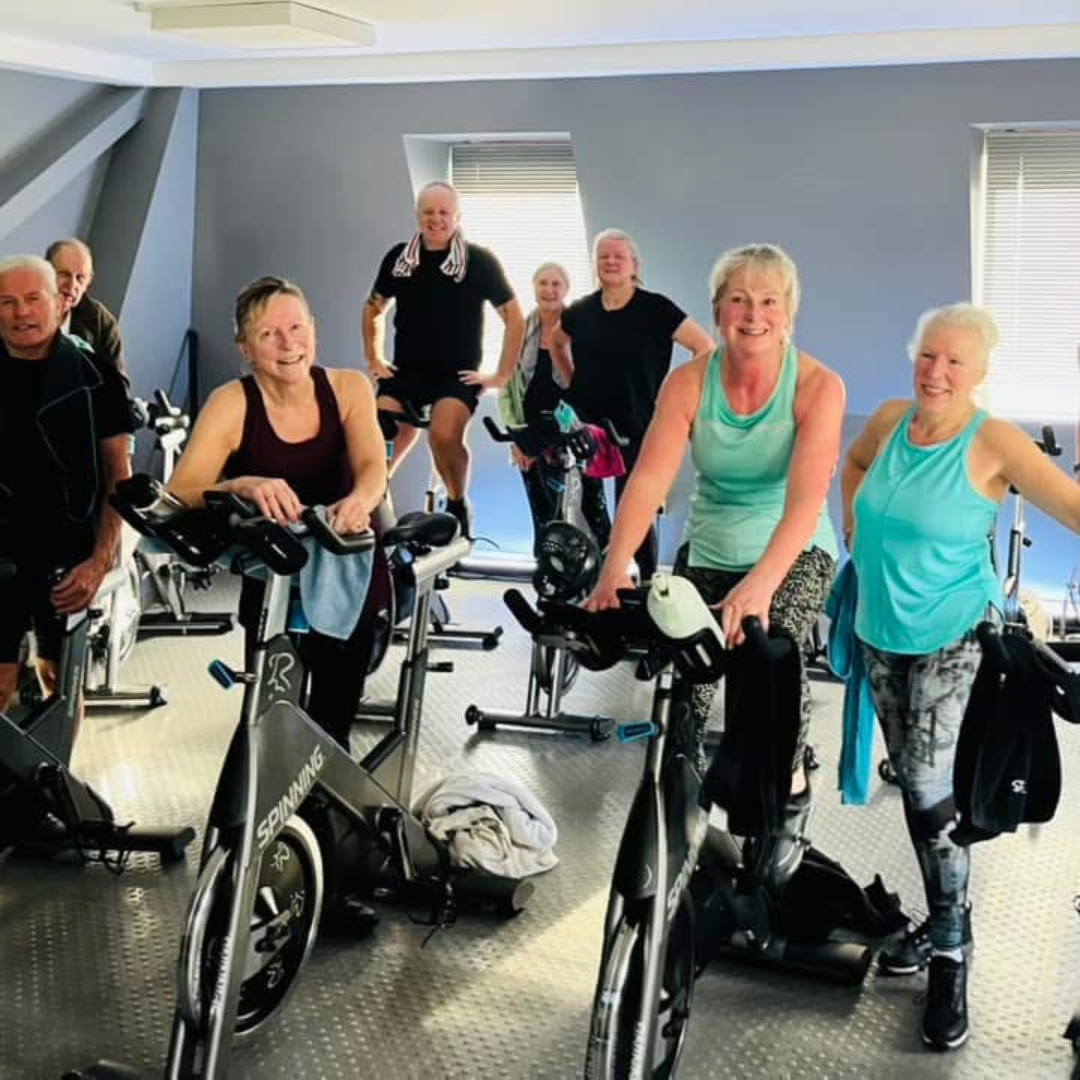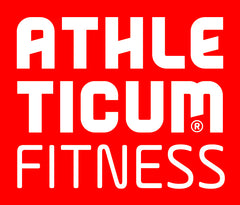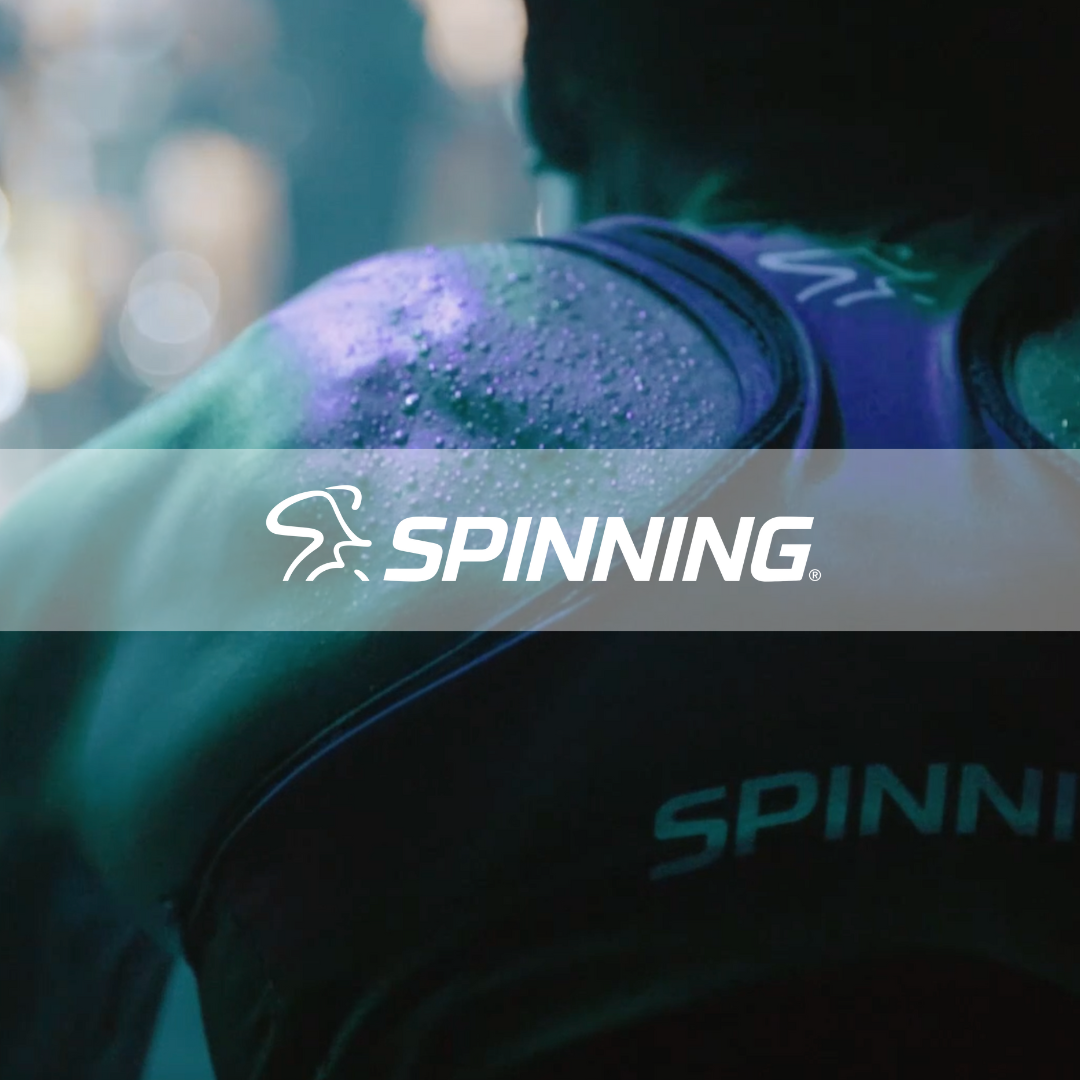Spinning® and Hip Osteoarthritis: 5 Instructor Tips Backed by the Latest Research

The latest UK-based research gives clear evidence that Spinning® can play a powerful role in supporting people with mild to moderate hip osteoarthritis (OA).
At Athleticum®, we know that movement is medicine—and now, the latest UK-based research gives clear evidence that Spinning® can play a powerful role in supporting people with mild to moderate hip osteoarthritis (OA).
The recently published CLEAT trial (Cycling Against Hip Pain), led by Bournemouth University and University Hospitals Dorset, is a landmark study. It found that structured indoor cycling, paired with education, can improve function, quality of life and pain levels in people living with hip OA—while being cost-effective and deliverable in community leisure settings.
“Spinning® has always been built on the principle that everybody can ride. From elite athletes to those just starting or recovering—our coaching approach is inclusive, intuitive, and accessible. This study affirms what we’ve long known: with the right support, instructors can help people with joint conditions like OA improve their function and feel more in control of their health.”Sarah Morelli











Leave a comment